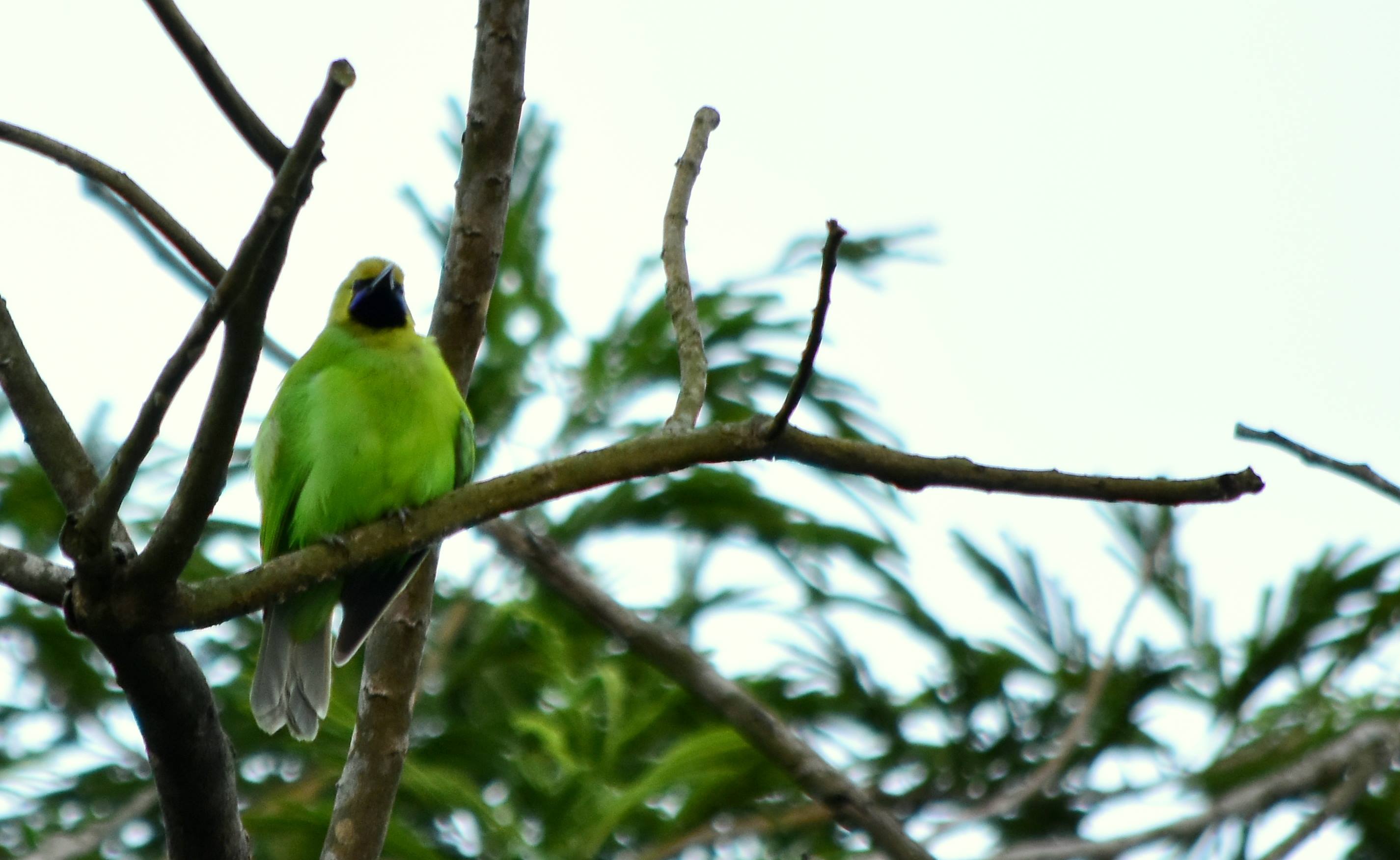Status of Pet Birds and its Veterinary Practices in Bangladesh
A pet bird practioner is a veterinarian who has specialized knowledge and skills on pet bird diseases, their therapeutic and preventive management along with other husbandry issues. Anatomy and physiology of pet birds are different from other pets (such as dogs and cats). Therefore, prospective veterinary students must attend relevant courses and residency programme to get skilled on this very promising future veterinary field of pet bird practices in Bangladesh. Although Chittagong Veterinary and Animal Sciences University (CVASU) has relevant courses on avian anatomy, avian physiology and avian pathology in the Doctor of Veterinary Medicine program, the residency program does not exist. However, such program is utmost important to expand the veterinary pet bird practicing field in this country.
Pet bird rearing for recreational purpose has progressively growing in Bangladesh. The current pet bird population is around 5.5 million according to the Avian Veterinarian Association and Chittagong Bird Breeders’ Association (Unpublished data by personal communication, 2016). Common pet birds include Budgerigar (Melopsittacus undulatus), Cockatiel (Nymphicus hollandicus), Cockatoos (Cacatua galerita), Conure (Aratinga and Pyrrhura), Finch (Fringilla coelebs), Lories (Tribe: Loriini), Love bird (Agapornis), Macaw (Ara ararauna), Parrot (Order: Psittaciformes), Ring Necked Dove (Streptopelia capicola) etc. Pigeon is also considered as pet and Chittagong Bird Breeders’ Association claims that the size of the pigeon population in this country is 10.8 million. Common pigeons being reared in this country are American Fantail, Bokhara, Carrier, Field back, Highflyer, House pigeon, Jacobin, King, Lahore, Pouter, Lokkha, Long face, Mondain, Mukkhi, Owl face, Racer, Roller, Saddleback, Shaker, Short face, Swift, Tumbler, Turbit etc. With the popularity of pet birds showing significant increases in recent years, the demand for pet bird veterinary medical services should continue to increase speed for the foreseeable future. However, many challenges exist in pet bird raising and rearing in this country such as therapeutic treatment and preventing infectious and non-infectious diseases as well as husbandry management. The predominant pet bird diseases are reported to be chronic respiratory diseases, coccidiosis, colibacillosis, cryptococcosis, histoplasmosis, mycoplasmosis, Newcastle disease, pigeon malaria, pigeon pox, psittacosis, salmonellosis, vitamin and mineral deficiency, etc. Bird-keepers should be aware that some diseases can be transmitted to humans. Arizonosis, chlamydiosis, colibacillosis and salmonellosis are the most common of these infections. Chlamydiosis, salmonellosis, eastern equine encephalitis and avian tuberculosis may be serious and even life- threatening (Jacob et al., 1997). However, such diseases are uncommon enough that the owners should not be discouraged bird-keeping. And still we have no commercial vaccines on infectious diseases of pet birds. There were some personal experiences on using available poultry vaccines but it came out with severe stress for the pet birds. To minimize the challenges and maximize the recreational benefits of human beings we need skilled future veterinarians who could offer qualified professional support to pet birds in order to ensure the welfare of caged pet birds and earn handsome amount money in this country.


Photo. The writer with beautiful Sun Conure (Aratinga solstitialis) & visiting a pet bird farm
The Association of Avian Veterinarians (AAV), Bangladesh chapter led by the members (students and faculty) of Chittagong Veterinary and Animal Sciences University (CVASU) has regularly been organizing the conference on different important issues of pet bird rearing and management, and pet bird exhibition inviting pet bird lovers in and around Chittagong. With the continuation of previous year, AAV also organized an exhibition on pigeon and exotic fancy birds in this year. Near about 50 species of 150 fancy foreign birds and 100 species of around 200 pigeons were on display as well as on sale during the event. The purposes of that exhibition were not only for the educational or recreational but also raising awareness about the care, management and welfare issues of caged birds. Another major contribution of that organization is bridging the gap between policy makers, pet bird owners and educationists/researchers to shout and mitigate the unsolved problems like pet bird census, pet bird management guidelines, import and trading embargo policy, quarantine policy, pet bird licensing, breeding and conservation of pet birds. As a whole, the scenario of existing pet bird welfare and veterinary practices is not satisfactory. We have to put lot of efforts to reveal the sexing procedure, breeding, potentiality of transmission of zoonoses and economical management of disease to ensure the welfare of pet birds as well as income generation for the pet owners.
Reference:
Jacob, J. P., Gaskin, J. M., Wilson, H. R., Ben Mather, F. 1997. Avian Diseases Transmissible to Humans. PS23, Florida Cooperative Extension Service, Institute of Food and Agricultural Sciences, University of Florida.
writer. Dr. Md. Saddam Hossain, MS Fellow in Epidemiology, Chittagong Veterinary and Animal Sciences University, Bangladesh.E-mail: [email protected]


